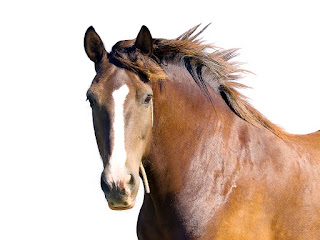Much like adults, children carry physical and emotional damage. Sometimes it's difficult for them to explain exactly what's wrong or how a grown-up can make it better. Horses, and many other animals, offer something special--an opportunity to learn new and effective ways to cope with problems as well as interactions that may extend beyond the barn or stable.
It's All About Body Language
Horses communicate through body language. Teaching your child to "read the signs" helps him or her to understand how their choices, temperament and demeanor impact another living creature. The kids can learn what behaviors are effective and which need to be modified to become both leaders and partners. A relationship with a horse is a powerfully motivating incentive for children to want to change. It's perfect for helping your child learn responsibility, accountability, and strength of character.
Other Lives Matter
We all want our children to have more; more opportunity, more education, more "things." Sometimes the result is It's all about me. A relationship with another living thing requires a child to think about another's needs, wants and desires; emphasizing the horse's point of view creates empathy for others. Recognizing the horse's point of view just might turn a "me" moment into a "we" moment.
Little Leaders
Adults understand what it takes to be a good leader--firmness, consistency, a sense of fair play and kindness. A child who can move a half-ton animal with effective communication skills is empowered for life. Balancing the skills is critical to coping and problem solving.
Why the Horse
Kids are drawn to these majestic animals who provide, no strings attached, acceptance and love. Horses, as herd animals, are naturally sensitive, insightful and social.
- Friendship with a horse is based on the same qualities as friendship with another human.
- Developing a relationship with a horse is the same as developing a friendship with a peer. It requires trust, common respect, and interactive communication.
- Like people, horses have unique identities. Children learn how to appreciate individual personalities and, consequently, modify their own behaviors.
- Horses always tell the truth. Children learn to recognize the value of the behavior as well as how their own emotions and energy impact animals and humans, alike.
- Observing horse society teaches the body language, boundaries and how another views their surroundings.
- Grooming teaches trust, empathy, and responsibility.
Who knew that horses could teach us so many things?










